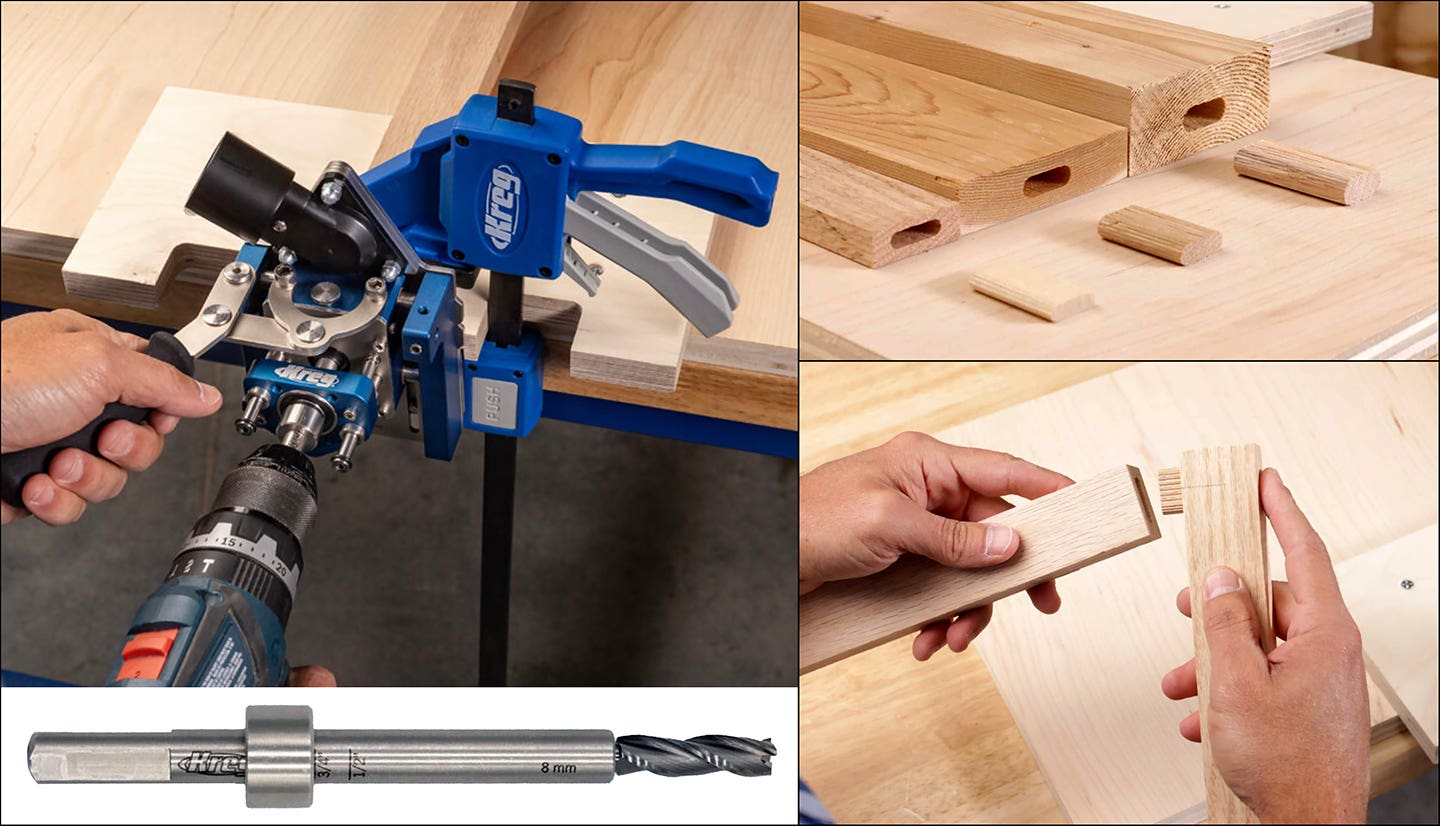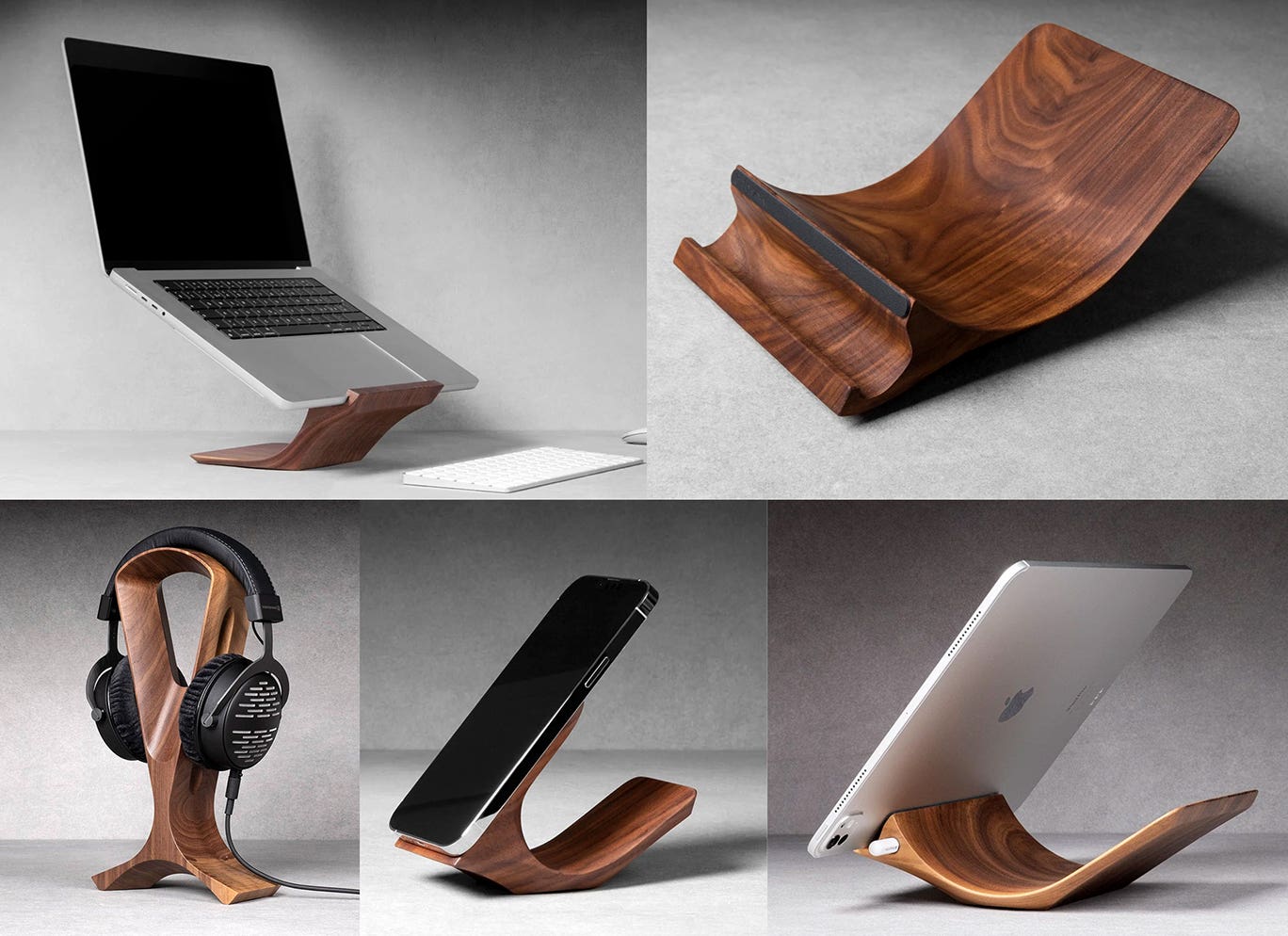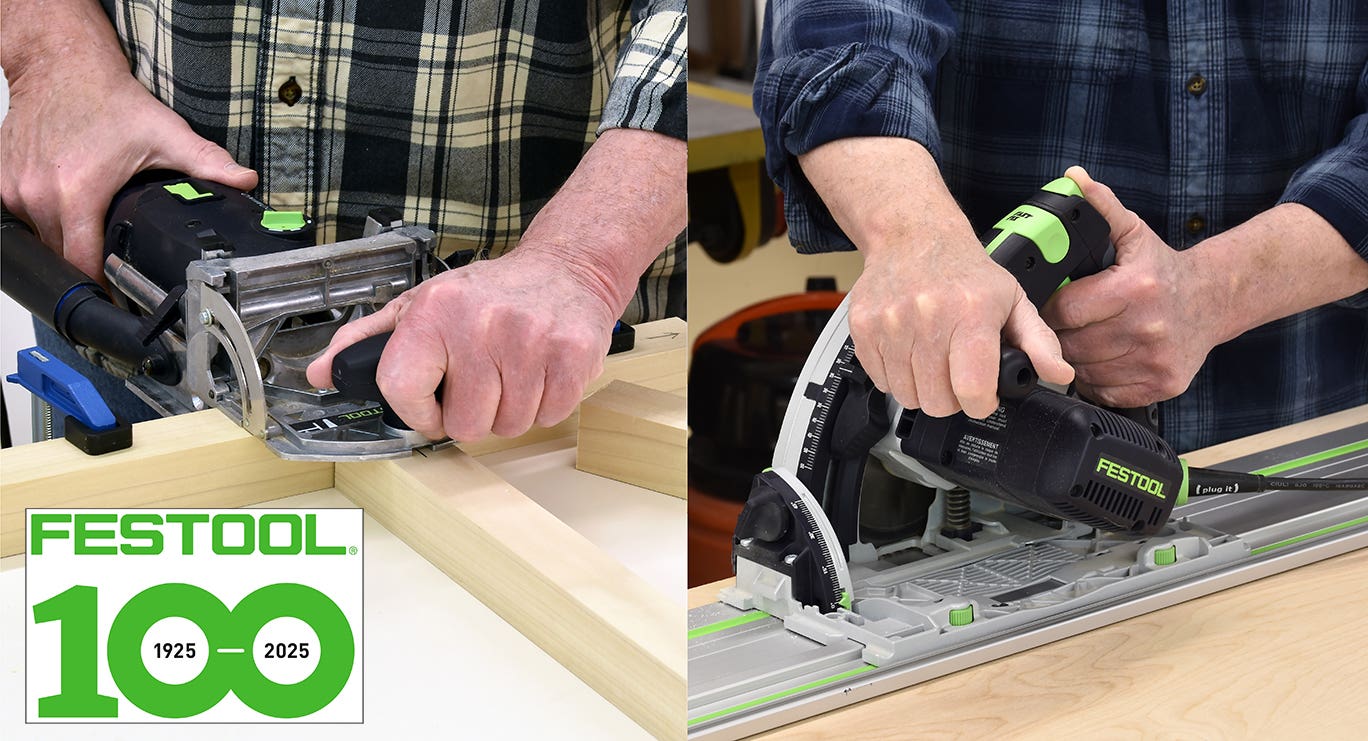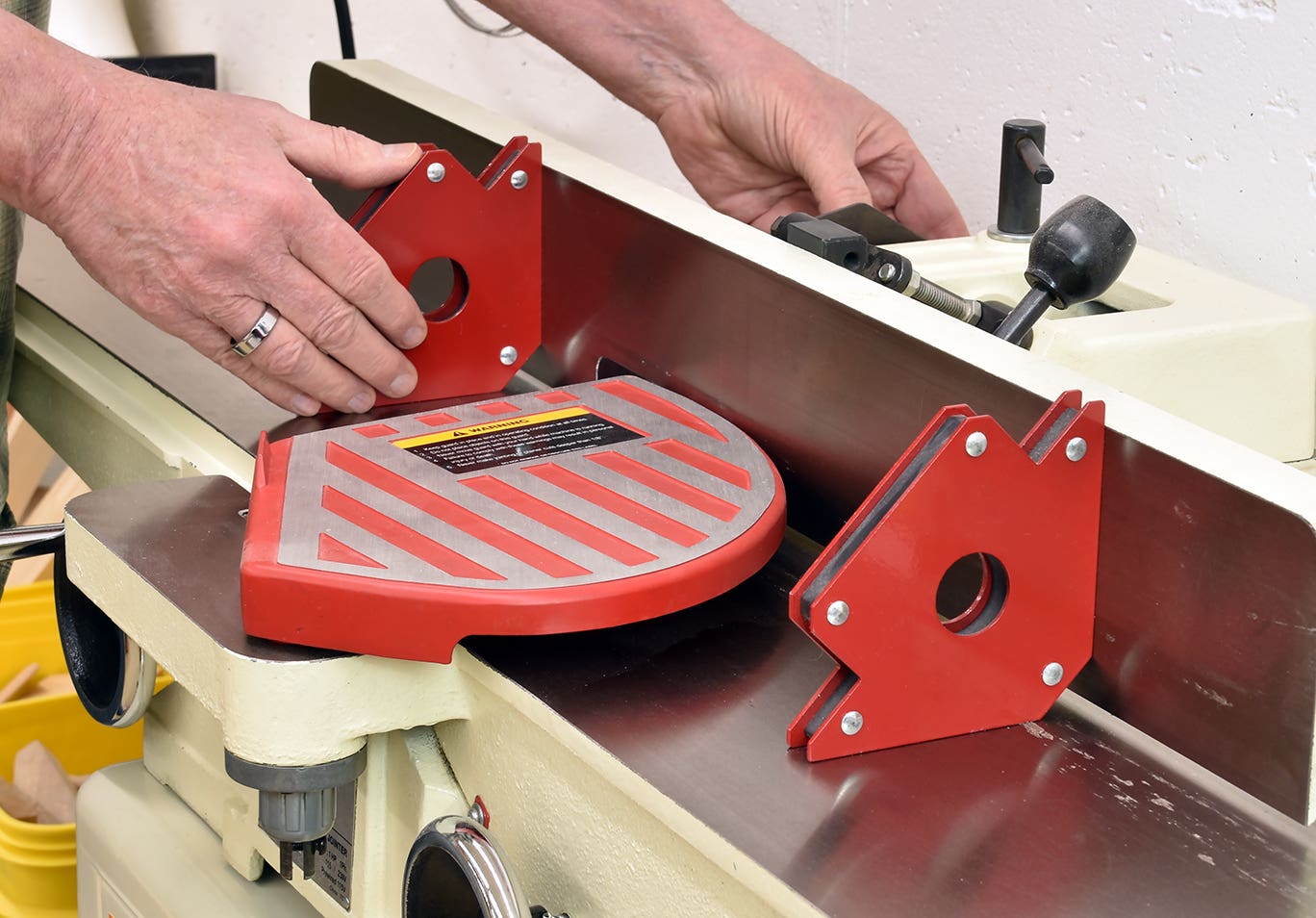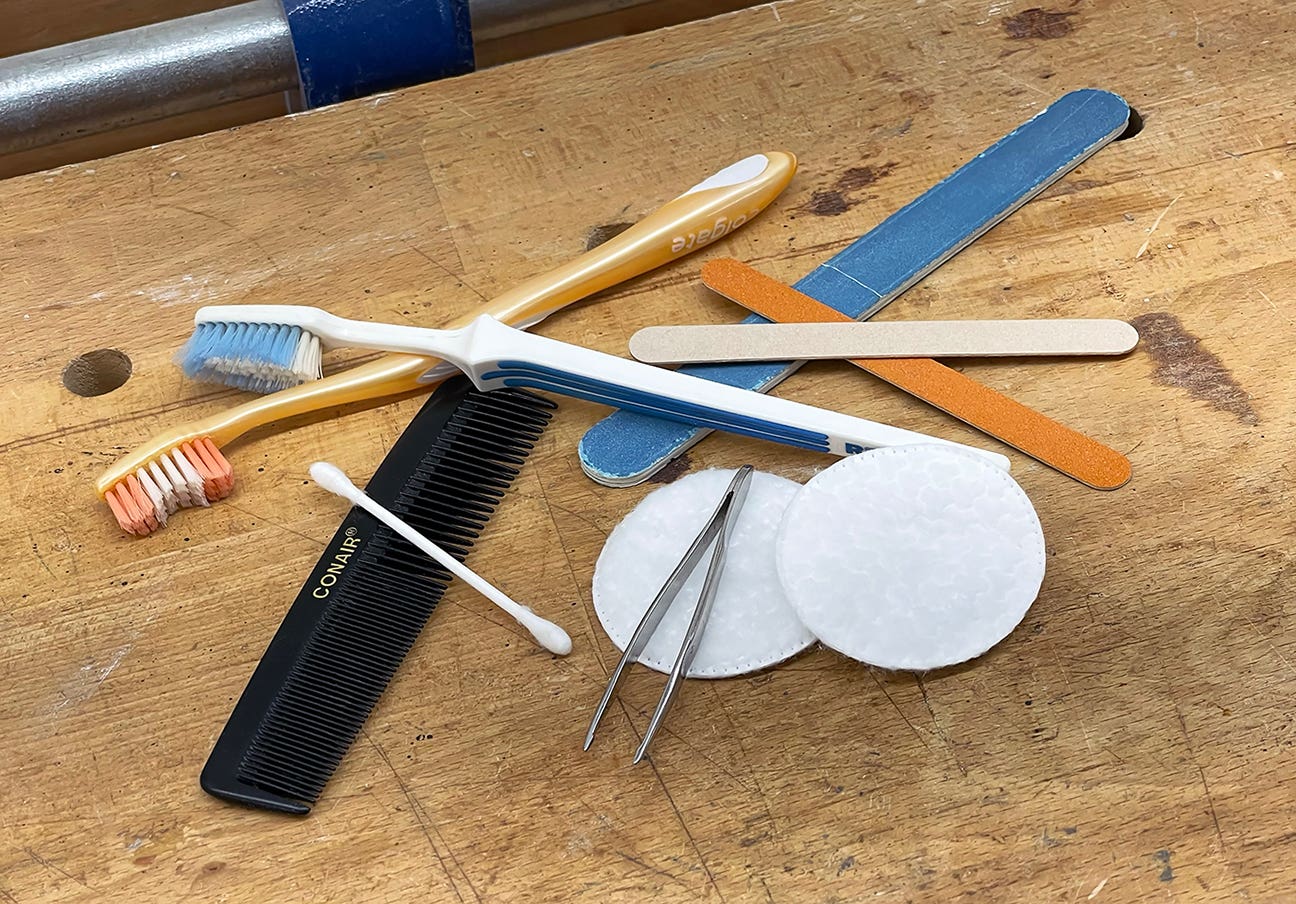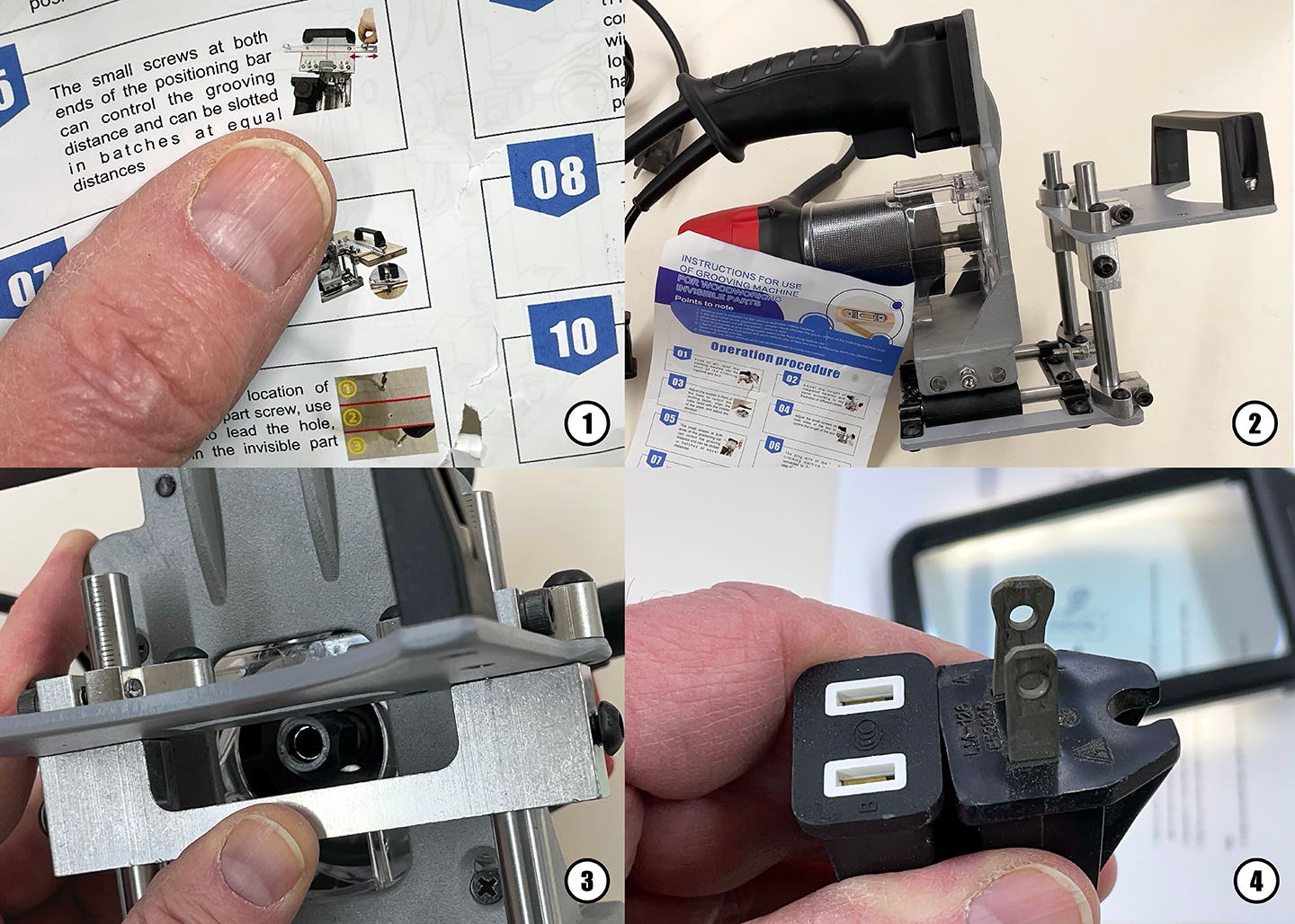When is buying a used CNC your best option?
Sticker shock is a predictable reaction from small shops looking to purchase their first CNC setups for cabinet parts production. New high-end American- or European-made machines are in the neighborhood…
Sticker shock is a predictable reaction from small shops looking to purchase their first CNC setups for cabinet parts production. New high-end American- or European-made machines are in the neighborhood of $125,000 to $250,000. Mid-range machines with fewer features and options range from $75,000 to $100,000.
There are alternatives to buying a new machine. One option is the used market, such as buying directly from another shop or a used dealer. You’ll save money buying used, but there are risks. Even if the seller has documented and dutifully performed the necessary preventive maintenance, there are consumable parts that might or might not be available, particularly with the controller and its electronics. It is highly unlikely that you will get a warranty buying shop to shop, while a dealer will probably only offer a limited warranty. After-purchase support from a dealer is often limited or non-existent.
Another drawback to buying an older machine is upgrades that could become necessary. One way to minimize this risk is to buy from a reputable dealer that performs service and repairs. These dealers often fix or replace parts that tend to wear with extended use, such as linear guide systems, spindles and automatic tool changers, control boards and wiring, cooling fans and monitors.
The next option is to purchase a refurbished machine that has been torn down to the chassis and rebuilt. Not all used machines are candidates for refurbishing. Generally, high-quality routers with unique characteristics are selected.
In remanufacturing, after the router has been completely disassembled, the chassis and gantry are sand-blasted and repainted. Linear guides, propulsion systems, trucks and rails are closely inspected, then either repaired or replaced.
The control systems, including hardware and software, are always completely upgraded in a refurbishment. These systems have gotten more powerful, significantly smaller and less expensive in the last five to 10 years. Switches, sensors and servo motors are usually replaced, while the spindles and automatic tools changers are either rebuilt or replaced. Custom features can also be added to a refurbished machine, often at lower costs than on a new machine.
After the CNC router is reassembled, all the calibration and quality-control processes are performed just as if it was a new machine. The entire process takes about three months to complete.
Another option is to buy a refurbished machine from the original manufacturer. Again, you will get a machine that has been rebuilt from the ground up. If you are the owner of a machine that is getting tired, the manufacturer can rebuild the machine for you. This means that CNC router that fits nicely into the workflow of a shop will not be interrupted. As well, a shop can acquire new and expanded capabilities at a fraction of the cost of a new machine.
The cost of a remanufactured CNC router is about half of a new machine.
Whether refurbished or remanufactured, the cost savings is something a shop should consider.
This article originally appeared in the May 2017 issue.


